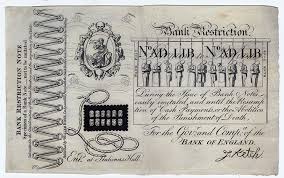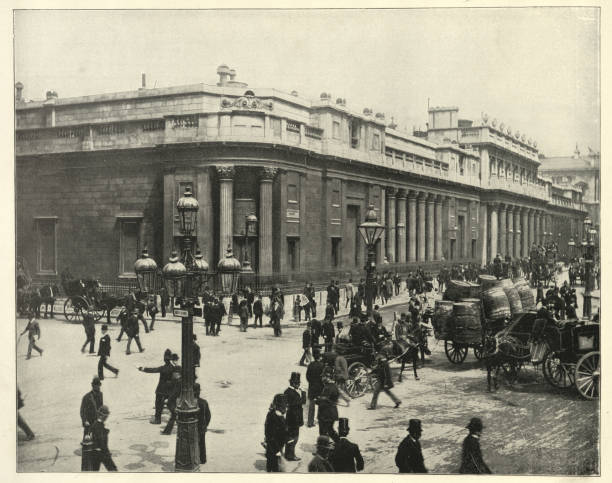How Classical Gold Standard spreads across the world in the 19th century

After Britain formally adopted the Classical Gold Standard in 1816, it set a precedent for other nations to follow. Over the course of the 19th century, many of the world’s major economies—including Germany, France, the United States, and Japan—transitioned to…











